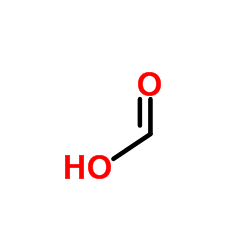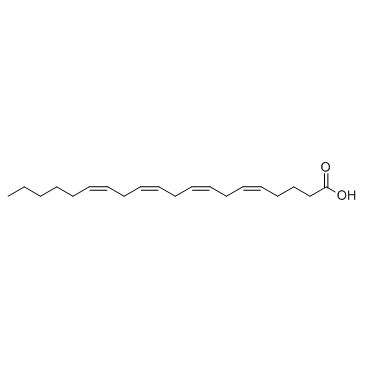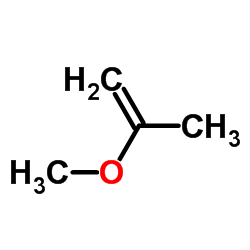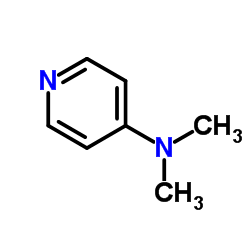| Structure | Name/CAS No. | Articles |
|---|---|---|
 |
Formic Acid
CAS:64-18-6 |
|
 |
Arachidonic acid
CAS:506-32-1 |
|
 |
2-methyoxypropene
CAS:116-11-0 |
|
 |
4-Dimethylaminopyridine
CAS:1122-58-3 |
|
 |
Pyridinium p-toluenesulfonate
CAS:24057-28-1 |